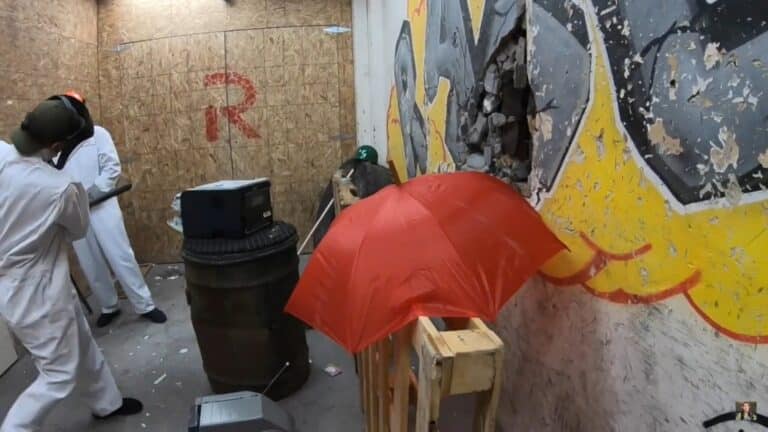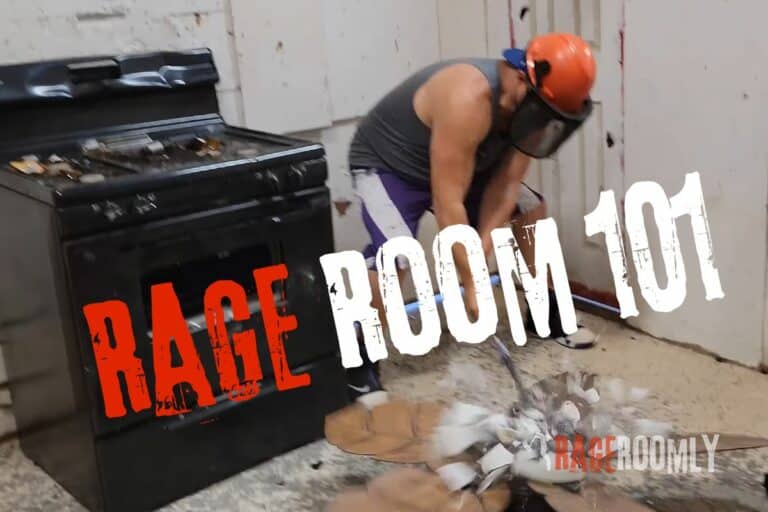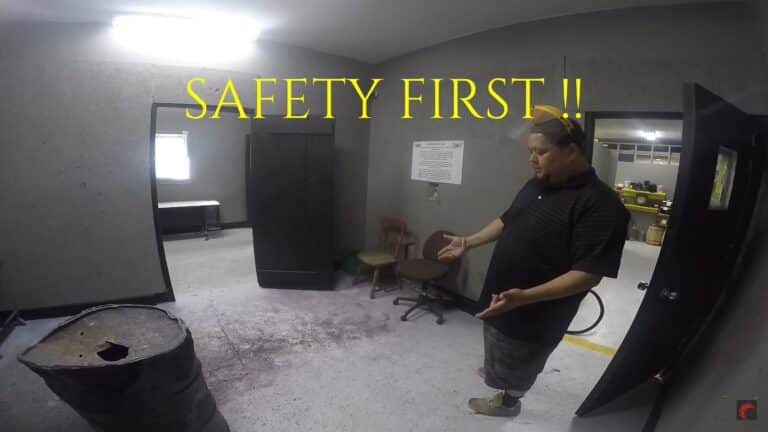Rage rooms, also known as anger rooms or smash rooms, offer an unconventional way to release stress and pent-up emotions by breaking and smashing objects in a controlled environment. Designed to provide a cathartic outlet, they allow individuals to vent frustrations physically without the repercussions of property damage or being judged. However, while they may serve as a novel approach to alleviating stress, the environmental impact of these rooms is a growing concern. Having visited a number of rage rooms, I’ve observed the sheer volume of items that get destroyed purely for entertainment.
As someone who has channeled their own frustrations through the gratifying shatter of glass and the splintering crack of wood, the concern for how these activities affect our planet has often crossed my mind. The disposal processes for the remnants of these sessions rarely include recycling or repurposing, which raises questions about their sustainability. Moreover, as much as demolishing an old printer can seem therapeutic, the potential harm from releasing hazardous substances found in electronic waste is not to be overlooked. From an environmental standpoint, the celebration of destruction presents a conflict with principles of waste reduction and responsible resource use.
While rage rooms tap into the therapeutic potential of physical expression, contemplating the broader implications of these spaces is essential. Your brief moment of release could contribute to long-term environmental and health concerns, calling into question the balance between mental health benefits and ecological responsibility.
Key Takeaways
- Rage rooms offer a space for physical expression of stress but may lead to environmental harm.
- The sustainability of rage rooms is questioned due to the lack of proper waste management.
- Health concerns arise from the potential release of hazardous substances during item destruction.
What Are Rage Rooms?
Rage rooms, also known as smash rooms or anger rooms, offer you a space to express your frustration in a physical and tangible way. They provide a safe and controlled environment where you can let out pent-up emotions by breaking objects without the repercussions of doing so in your own space.
Popularity and Locations
Rage rooms have surged in popularity across different regions, finding a home in strip mall storefronts and more secluded venues alike. For instance, you might have heard of the renowned Sacramento Rage Room or even the ones sprinkled throughout Southern California. These venues offer an unconventional way for people like us to cope with stress and anger.
Activities and Materials Used
In a rage room, the primary activity involves you donning on safety gear and smashing objects like electronics, glassware, or even furniture. It’s not uncommon to have power tools at your disposal to dismantle computer towers or send CRT TVs and fluorescent lightbulbs to their demise. Think of the Los Angeles County Fire Department’s safety protocols, but for breaking things—it’s all about doing it without getting hurt.
Environmental Concerns
When you visit a rage room to relieve stress, it’s easy to overlook how the cathartic act of breaking things can have less-than-positive effects on the environment. Awareness of the associated environmental concerns is crucial.
Hazardous Materials
In rage rooms, you’re likely to encounter items like old electronics that, when broken, can expose hazardous materials. Televisions and monitors often contain leaded glass and mercury tubes, which when smashed, release these substances. Batteries also pose a threat as they hold toxic metals such as lead and mercury that can become airborne particles, creating a potential health risk for you and others.
Waste Disposal and Management
After a session at a rage room, the cleanup and waste disposal are just as important as the activity itself. Proper waste management is vital to prevent e-waste from ending up in landfills where mishandling e-waste can lead to elevated levels of lead and other heavy metals in the environment.
Regulatory Compliance and Oversight
To ensure safe operation, rage rooms must comply with environmental regulations. From what I’ve seen, entities like the Department of Toxic Substances Control and the California Division of Occupational Safety and Health (Cal/OSHA) are involved in oversight. A Riverside County environmental official once told me that compliance with hazardous waste control laws is not just good practice but a legal requirement for rage room operators. It’s essential that the special equipment used for cleanup meets the standards to prevent health risks from toxic metals and other hazardous wastes.
Health and Safety Considerations
As someone who has frequented various rage rooms, I’m keenly aware of the importance of health and safety in these unique environments. Below, you’ll find an exploration of the potential risks to participants and workers, along with an examination of how regulations ensure a controlled and secure experience.
Risks to Participants
In rage rooms, safety is paramount. From personal experience, I can attest that letting out pent-up emotions by smashing objects can be invigorating, but it doesn’t come without risks. Participants may face health risks from flying debris or sharp edges, leading to physical injuries if proper precautions aren’t followed. It’s crucial that you suit up in protective gear, follow the safety precautions like using tools correctly, and remain within designated safe zones while inside the room.
Risks to Workers and Environment
Workers and the environment surrounding rage rooms also need protection. Having chatted with workers while on site, I learned that they’re routinely exposed to potential hazards from the clean-up of broken materials. Effective ventilation systems and regular air sampling are essential to mitigate inhalation of harmful dust. It’s not just the immediate area that’s at stake; there are broader environmental impacts from improper disposal of debris that must be addressed by stringent safety regulations.
Regulations and Compliance
Oversight is critical. Local regulators play a substantial role in ensuring rage rooms operate within health and safety regulations. Regular inspections help verify compliance, and an educational campaign is necessary to inform both operators and users of the necessary standards. It’s worth noting that these rooms should not replace professional help for anger management. If you’re struggling, consider healthier alternatives or seeking professional help might be more suitable than a rage room.
Alternatives for Stress and Anger Management
Discovering effective ways to manage anger and stress is crucial for mental well-being. Rather than physical destruction, there are healthier strategies that can assist with emotional regulation and stress release.
Non-Destructive Methods
When it comes to handling your anger in a non-destructive fashion, there are numerous options you can explore that don’t involve the potential negative environmental impact of rage rooms. For instance, therapy and counseling can be excellent ways to tackle the root cause of anger issues. I’ve found that speaking with a therapist helps to uncover underlying issues and develop constructive coping mechanisms.
Meditation and mindfulness are other powerful tools that have helped me personally in moments of heightened stress. Techniques such as guided imagery or progressive muscle relaxation taught by experts from places like the Cleveland Clinic can aid in fostering a sense of calm and control. These practices often require nothing more than a quiet space and a few minutes of your time, making them highly accessible and environmentally sustainable.
Coping Mechanisms
Now let’s talk about day-to-day coping mechanisms. I’ve noticed that breathing exercises can quickly diffuse tension, especially when feelings of anger start to bubble up. Just a few deep, deliberate breaths can make a big difference in the heat of the moment.
Journaling is another method I turn to for stress release. By externalizing your thoughts on paper, you’re providing a safe outlet for your emotions. It’s like having a personal conversation with yourself where you can vent without consequences.
For those of you that need a physical outlet, engaging in regular physical activity, like a bonding experience through team sports, or finding creative outlets such as painting or playing music can be incredibly therapeutic. These activities not only help manage stress and anger, but they also contribute positively to your overall health and social well-being.






